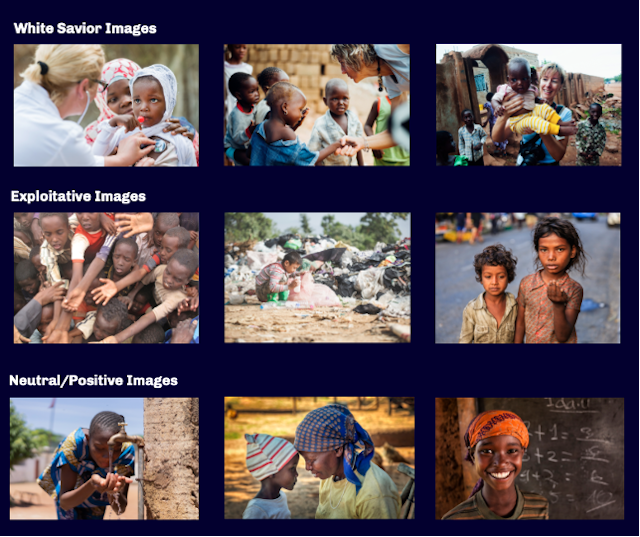How do you build an anti-racist organization?
Ethical creative isn’t enough. There is a lot of work that needs to be done to reinvent what it looks like to drive emotion.

Organizations need to act, starting today / Adobe Stock
When individuals choose to work at a not-for-profit or at a purpose-driven agency, they are seeking to make the world a better place. But too often many of us aren’t living up to the intended or stated values. We aren’t doing enough to confront and deconstruct white supremacist systems.
Too often, creative that we as a sector use in campaigns underlines negative tropes. We’ve modeled ourselves into a world where we’re only reaching a small slice of the communities that we should be, excluding huge swaths of the population.
So how can we do better? To be anti-racist means actively identifying and opposing racism. The goal is to challenge racism and patterns of power in favor of equity – and change policies, behaviors, beliefs and systems that perpetuate racist ideas and actions.
A process that requires ongoing effort
We understand that it’s not easy to rethink your approach. Traditional tactics, strategies and best practices have all been designed for a certain donor, of a certain age, with marketing and fundraising programs that have been developed to serve that donor type as efficiently as possible. This is a dated model that doesn’t consider the evolution of society, its dynamics and what could be possible.
We surveyed over 1,000 people about this issue. We learned that inclusion and equity matter. Almost 70% of people agree or strongly agree that they want to support not-for-profits that consider diversity, equity and inclusion in how they approach their work and mission.
As an exercise, we split survey respondents into two groups. The first group was asked if they thought the images were realistic and treat the children depicted with dignity and respect. The second group was asked to choose images that would most likely make them donate to an organization.

What we found was that 53% of group one disagreed or strongly disagreed that row two – the exploitative images – treat children with “dignity and respect.”
Yet, when asked to choose the images they would most likely donate to, 58% of group two chose row two – those same exploitative images.
So, how we can break the cycle?
We need to reinvent what it looks like to drive emotion. Many of us often default to what we’ve considered the ‘tried and true’ – especially in peak campaign moments. Now there’s a need to try something different – and you want to make sure you do before those tentpole moments. Do not seek to profit from pain, but instead consider how you are showing people with dignity and respect.
Provide more range and balance in your creative portfolio. No one is suggesting you can’t or shouldn’t convey need. We want to encourage you to reconsider how you show need. And, as you are doing so, make sure you’re also balancing that with other brand imagery and other emotions – from need to resilience to joy and triumph. Actively remove white savior imagery.
Develop thoughtful creative guidelines. Determine how your creative can seek to be more inclusive and responsible in the issues it seeks to portray, be that never showing just one child or always showing a child with a parent. Ensure active consent and safety of all people featured within your creative.
We can’t and shouldn’t expect change overnight, but we’ve outlined a few practices and principles organizations could start to consider for tomorrow. All we can do is look to create the change we wish to see – and hope, in doing so, more organizations look to create it together.
Dan Thain is creative director at Blue State.
